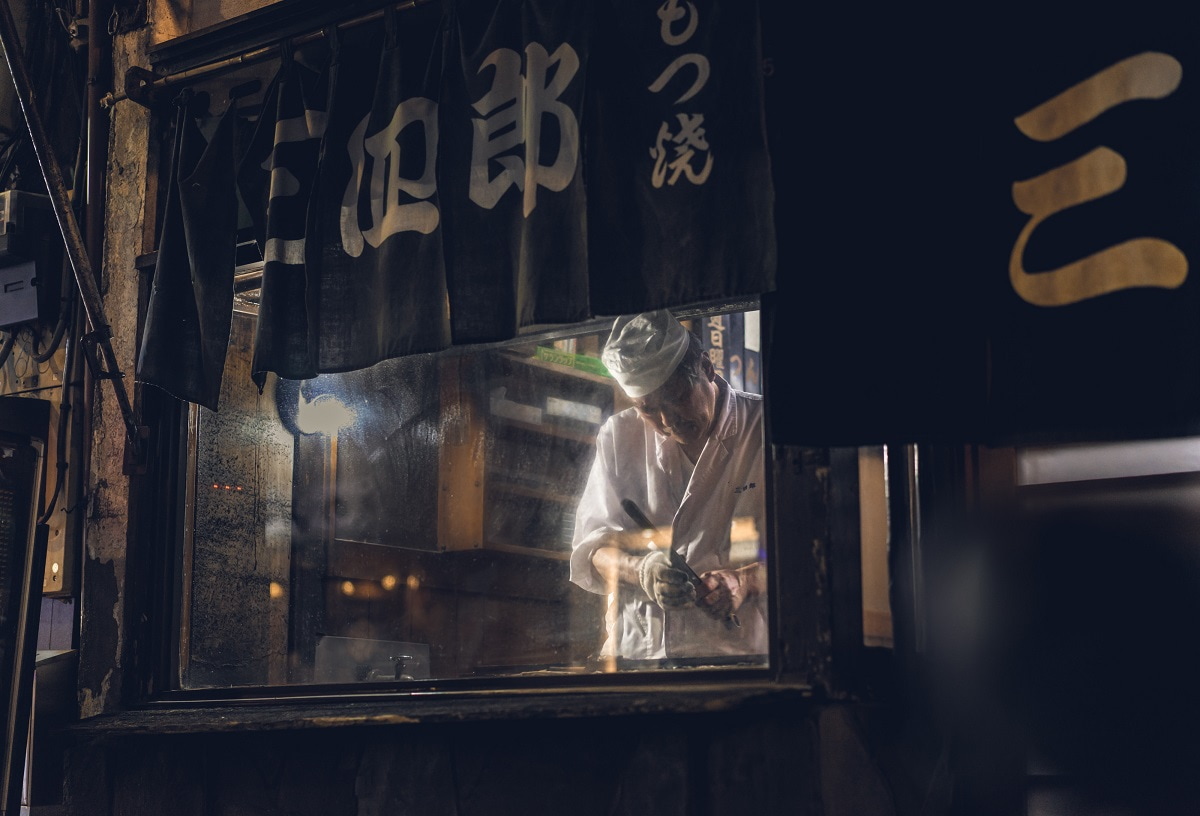The United States has just overtaken Australia as the world’s biggest exporter of liquefied natural gas (LNG). By 2030, US production is forecast to be more than double Australia’s previously world-leading capacity of 88 million tonnes a year. However, a recent Biden administration pause in approvals of exports to countries without free trade agreements, during which a review of the economic and environmental impacts of the gas supply chain will take place, threatens to slow LNG expansion. The pause is likely to make customers nervous, especially those without FTAs. In Asia, only South Korea and Singapore have FTAs with the United States. Critically, Japan, a major LNG user, does not. Meanwhile, turmoil in the Middle East raises doubts about the future reliability of LNG supply chains from that region.
All this provides an opportunity for Australia to refresh its tarnished reputation as an ultra-reliable supplier, particularly with Japan. For the past year, Japan has been expressing its serious concerns to the Australian government and publicly about regulatory changes, delays, and uncertainties around new Australian LNG projects and replacement gas supplies to existing projects. Japan is actively seeking alternative LNG supply from the Middle East and the United States and has interests in once again expanding Indonesian production, including the Abadi LNG project, tapping a field just 330 kilometres north of Darwin. Japan views energy and resources security as integral to its national security.
In the United States, already-permitted US projects will enable ongoing expansion of LNG production, with ten projects in design phase. For the ten new projects and expansions yet to receive export permits – and their investors and potential customers – the pause introduces delays and uncertainties, likely to last throughout 2024 during the US election period.
The loss of some US LNG development momentum and growing uncertainties about the reliability of Middle East supply may provide a small window of opportunity for Australia to repair some of the damage to its hard-won reputation as an energy partner to Asian economies. Australia supplies 40 per cent of Japan’s gas, 36 per cent of Taiwan’s, and 25 per cent of South Korea’s.

Japan’s Institute of Energy Economics estimates that up to 18 million tonnes of new LNG capacity will be required each year to meet global demand out to 2050, taking account of expected supply reductions from ageing projects. “Securing investment to stabilize the LNG market is crucial for LNG to fulfil its expected role (in the energy transition),” the IEEJ says.
The Australian government now seems to have recognised the threats to future exports, with Resources Minister Madeleine King travelling to Japan and South Korea in late January to reassure governments and industry of “Australia’s role as a stable and reliable export partner”, acknowledging the place of Australian LNG in supporting decarbonisation of customer economies.
Australia’s domestic net-zero requirements, uncertain approvals processes, and legal challenges, however, continue to create doubts about its ability to even maintain LNG output. These challenges imperil potential projects, export growth, and global emissions reduction efforts.
In assessing the climate impacts of its LNG production and exports, the United States has adopted a supply chain approach to assessment – from wellhead to end use. Australia’s insular approach to net-zero and the safeguard mechanism, however, seek to cap emissions at source rather than taking a global LNG lifecycle approach that also recognises Australian supply is vital to enabling customer economies to transition to greater renewable electricity generation – and for Japan to wean itself off Russian gas.
A US Department of Energy study in 2019 found that lifecycle global warming potential for LNG exported from Darwin to Shanghai and used for electricity generation was substantially less (up to half) than from use of Chinese domestic coal.
In late 2023, Woodside, which is developing the one new Australian LNG project that is underway despite legal challenges, contracted additional supply from a Mexican LNG plant to ensure customer demands were met.
There are flickers of potential change in Australian LNG policies, lit through discussions on a Future Gas Strategy and on clarifying consultation requirement for petroleum developments. The Federal Court’s dismissal of a challenge to the Barossa gas project also provides a glimmer.
Despite potential changes, the four big customer economies in Asia that currently depend on Australia supplying high proportions of their LNG – plus other countries looking to import LNG, including coal-dependent Vietnam – are likely to remain concerned about Australia’s equivocal policies that have eroded its reputation as a reliable supplier.
It is extraordinary that Australia, as a leading energy supplier, has become so inward looking on gas policy, underperforming in its role in securing global energy supply and enabling the energy transition. Just as Australia is committed to security initiatives such as the Quad, it should apply resolve to ensuring the energy security and thereby the national security of customer nations.
It should help that there is a strong economic upside from doing so. Being a responsible global citizen in resources supply chains also reaps opportunities for current and future generations of Australians.

